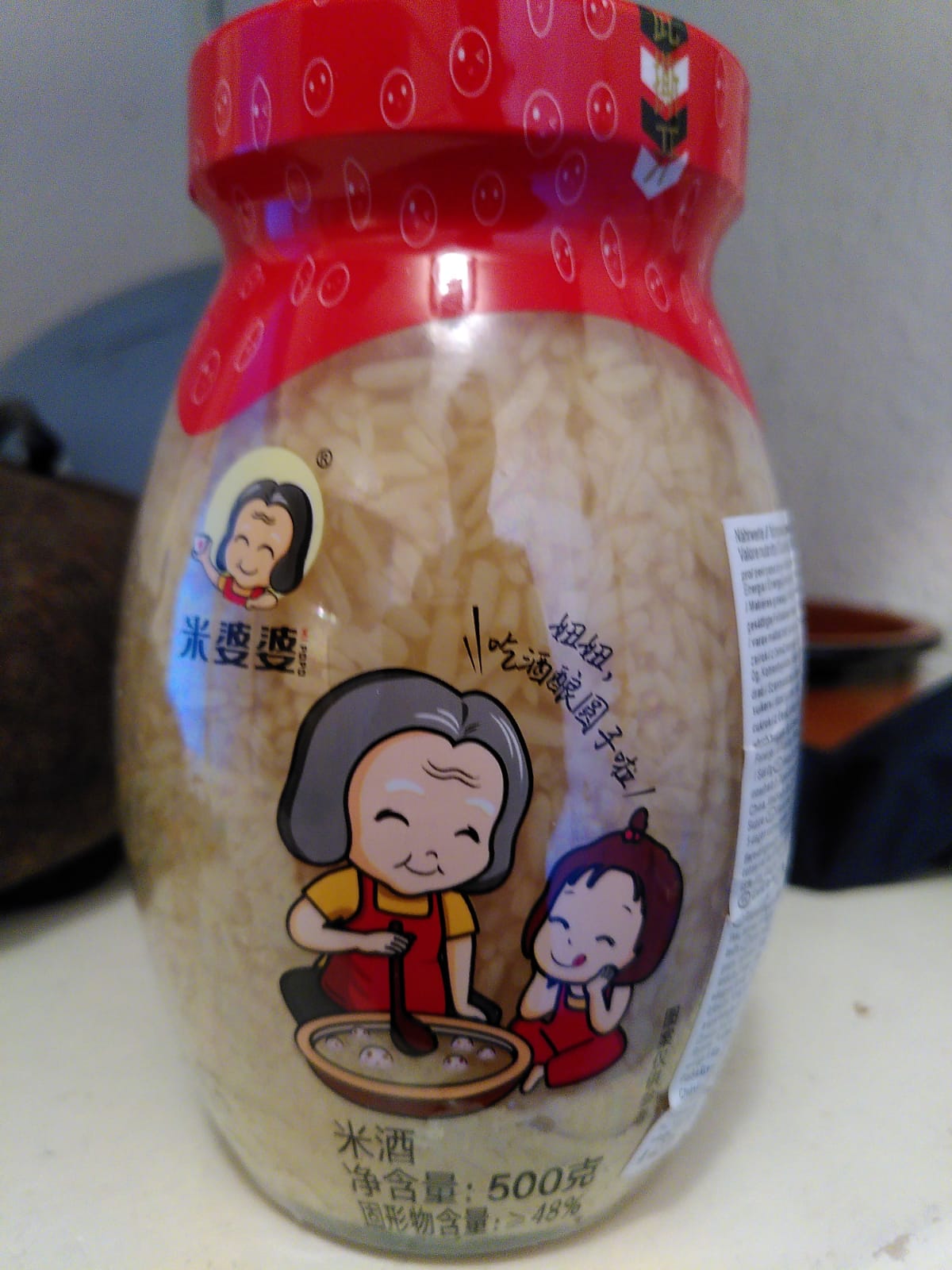this post was submitted on 18 Oct 2023
24 points (92.9% liked)
Chinese language 中文 漢語
191 readers
1 users here now
Discussions and resources for studying or learning about Chinese languages (Mandarin, Cantonese, Hokkien, Hakka, Classical Chinese, etc.).
founded 1 year ago
MODERATORS
you are viewing a single comment's thread
view the rest of the comments
view the rest of the comments

Thank you. In this case chatgpt got it wrong though. It´s an ingredient for cooking and I am interested in recipes.
I suppose i should have realized this a Chinese community post but i have never in my life seen an ingredient which contains rice on itself.
I am now really intrigued, what actually is this?
Also is rice not considered an ingredient?
It is sweet rice wine, produced by fermenting rice with yeast and Koji. As far as I understand it can be used as a base for sweet porridge, a base for sweet soups, an ingredient in sauces, as a leavening agent in baking, a fermentation starter and also as a base to ferment itself further into rice vinegar or (non sweet, higher alcohol) rice wine. Pretty impressive list, right?
Thats quite a list indeed. I know rice vinegar very well its what i add to my sushi rice.
Ive asked chatgpt again and besides drinking it it gave me these uses.
• Add sweet rice wine to chicken or vegetable soup for enhanced depth of flavor. Pour a little bit and adjust according to taste.
• Use sweet rice wine in meat or seafood marinades. Add about half as much rice wine as soy sauce or other liquid ingredients.
• Splash a little bit of sweet rice wine while stir-frying vegetables, meat, or seafood to heighten the dish’s taste.
• Pour a little bit of sweet rice wine over fish or chicken before steaming. It helps remove any unwanted fishy or gamey tastes and imparts a mild sweetness.
Very Interesting, that list implies that sweet rice wine can be used like Shaoxing wine, which is used all the time in Chinese cooking.
Are you using a translator of some kind because i am quite confused, if i google Shaoxing wine then Shaoxing wine IS a type a sweet rice wine so it makes sense that they are used the same. But rice wine i find online never has rice visible in the bottle like this.. If they are not the same then english focused chatgpt might have them mixed up.
Could you show a picture of the information sticker on the side? I'd like to have a closer look at it.
Yes, it makes sense because both are types of rice wine but two wines made from the same plant can produce two distinct flavour profiles based on local microorganisms and fermentation techniques. Shaoxing wine alone ranges from dry to super sweet varieties and there are many other kinds of rice wine with different flavours. We can´t just replace a certain rice wine a recipe calls for with another one. If jiu niang (酒酿) can be used in cooking similarly to shaoxing jiu (绍兴酒) I will easily use it up fast because I can use it for many different sauces and dishes.
I don´t use a translator, sorry if I confused you with a formulation. Here are the wiki articles for both products, maybe that helps.
https://en.wikipedia.org/wiki/Jiuniang
https://en.wikipedia.org/wiki/Shaoxing_wine
Labels: